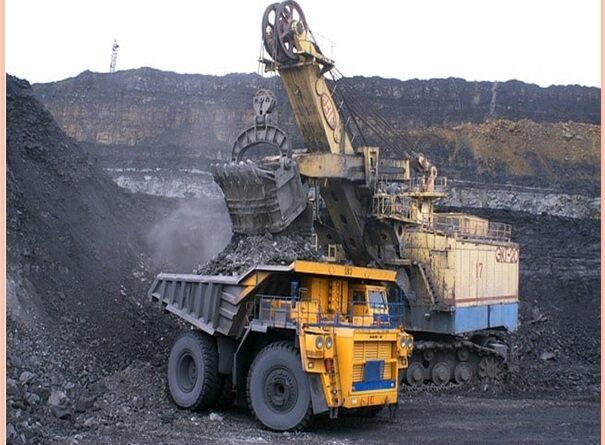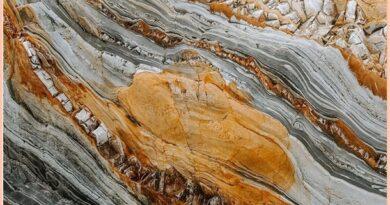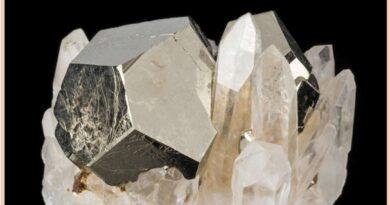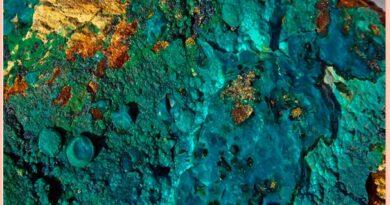Mining projects and their impact on environmental stability
Environmental impacts of mining activities
Mining operations can become more environmentally sustainable by developing and integrating practices that reduce the environmental impact. These practices include measures such as reducing water and energy consumption, minimizing land disturbance and waste production, preventing soil, water, and air pollution in mining areas, conducting successful mine activities and reclamation activities. Sustainable development plays important role in the management of mining activities and environmental integrity. The principles of sustainable development involve integrating economic activity with environmental, social concerns, and effective government systems.
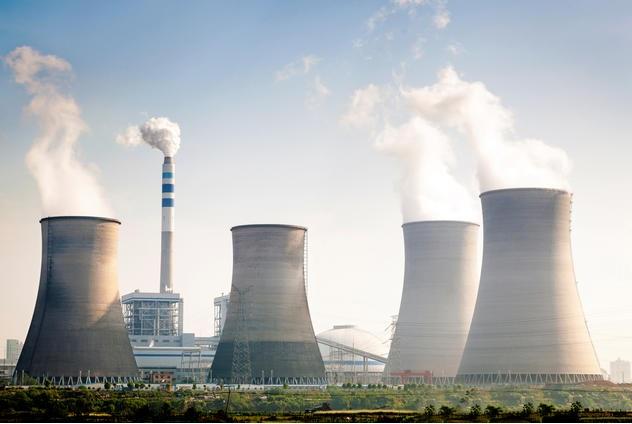
Some world associations, including the International Council on Mining and Metals, and the Mining Association of Canada, have endorsed the principles of sustainable development and have developed their own guidelines to promote sustainable practices among their member organizations. Advances in technology in recent years and the continued discoveries of new oil, coal, and mineral reserves, improved the recycling of materials. The development of technologies including froth floatation for processing certain metal sulfide ores, the Solvent Extraction process for obtaining copper, and the use of cyanide in gold extraction have all made previously uneconomic grades of ore but now increased economically viable mineral reserves.
Mining phases
There are different phases of a mining project, beginning with mineral ore exploration and ending with the post-closure period. Each phase of mining is associated with different sets of environmental impacts
Exploration
A mining project can be executed with the knowledge of the extent and value of the ore deposit. Information about the location and value of the mineral ore deposit is obtained during the exploration phase. This phase includes surveys, field studies, drilling test boreholes, and other exploratory excavations. The exploratory phase may involve clearing of wide areas of vegetation, to allow the entry of heavy vehicles mounted with drilling rigs. Many countries require a separate EIA for the exploratory phase of a mining project.
Development
If the mineral deposit is Proven by exploration of sufficient grade, then the project proponent may begin to plan for the development of the mine. This phase of the mining project has several distinct components. This phase includes the construction of access roads, Site preparation, and clearing.
Mining
After constructed access roads and prepared sites area, mining may commence. All types of active mining share a common aspect: the extraction and concentration of metal from the earth. Proposed mining projects differ considerably in the proposed method for extracting and concentrating the metallic ore. Metallic ores are buried under a layer of ordinary soil or rock that must be moved or excavated to allow access to the ore deposit.
Open-pit mining
Open-pit mining is a type of strip mining in which the ore deposit can be removed from the overburden layer by layer. Logging of trees and clear-cutting or burning of vegetation above the ore deposit may precede for removal of the overburden. Heavy machinery, usually bulldozers and dump trucks, is the most common means of removing overburden.
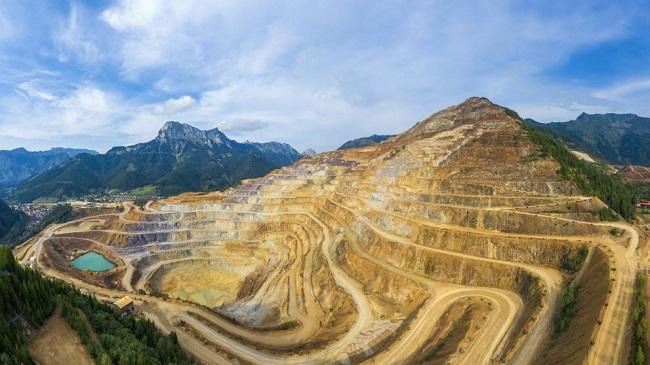
Placer mining
Placer mining is used to extract the minerals associated with sediment in a stream bed or floodplain. Bulldozers, dredges, or hydraulic jets of water are used to extract the ore. Placer mining is usually aimed at removing gold and other gem minerals from stream sediments and floodplains. Because placer mining often occurs within a streambed, it is an environmentally-destructive type of mining, releasing large quantities of sediment that can impact surface water for several miles downstream of the river.
Underground mining
A minimal amount of overburden is removed to gain access to the ore deposit in underground mining. An ore deposit is accessed by tunnels or shafts. Tunnels or shafts lead to a more horizontal network of underground tunnels that directly access the ore. Ore is removed in vertical strips that leave a connected underground shaft, which is usually filled with cemented aggregate and waste rock. Although underground mining is less environmentally destructive and often more costly.
Ore extraction
For Extraction of Ore Using specialized heavy equipment and machinery, such as loaders, haulers, and dump trucks is generating high environmental impact. machines transport the ore to processing facilities using haul roads. This activity creates environmental impacts, such as emissions of fugitive dust from haul roads, which an EIA for a proposed mining project should assess separately.

Disposal of overburden and waste rock
Any ores are buried under a layer of soil or rock (overburden) that must be moved or excavated to allow access to the ore deposit. For most mining projects, the quantity of overburden generated by mining is enormous. The ratio of the quantity of overburden to the quantity of mineral ore is usually greater than one. For example, if a proposed mining project involves the extraction of 100 million metric tons of mineral ore, then the proposed mining project could generate more than one billion metric tons of overburden and waste rock.
This large amount of wastes, sometimes containing significant levels of toxic substances, are usually deposited on-site, either in piles on the surface or as backfill in open pits, or within underground mines. Therefore, the EIA for a proposed mining project must carefully assess the management options and associated impacts of overburden disposal.
Beneficiation And Tailings disposal
The next step in mining is grinding or milling of the ore and separating the relatively small quantities of metal from the non-metallic material of the ore. Because Ore has a lot of Gangue substances. they generate large quantities of waste. The beneficiation process generates high-volume waste called ‘tailings,’ the residue of an ore that remains after it has been milled and the desired metals have been. How a mining company disposes of this high-volume toxic waste material is one of the central questions that will determine whether a proposed mining project is environmentally acceptable.
ENVIRONMENTAL AND SOCIAL IMPACTS OF MINING
Impacts on water resources
In the recent world, the significant impact of a mining project is its effects on water quality and availability of water resources within the project surrounding area. The surface and groundwater supplies remain unfit for human consumption. It can be hazardous for native aquatic life and terrestrial wildlife.
The acid generated from the mone area will, in turn, leach or dissolve metals and other contaminants from mined materials and form a solution that is acidic, high in sulfate, and metal-rich. Leaching of toxic constituents, such as arsenic, selenium, and metals, can occur even if acidic conditions are not present. Elevated levels of cyanide and nitrogen compounds can also be found in waters.
Erosion of soils and mine wastes into surface waters is a serious problem. Apart from this impact of tailing, waste rock, heap leach, and dump leach facilities on water quality can be severe. These impacts include contamination of groundwater beneath these facilities and surface waters. Toxic substances can leach, percolate through the ground, and contaminate groundwater.
The Impacts of mine dewatering is also a main problem to the surrounding people. When an open pit intersects the groundwater table, groundwater flows into the open pit. Proceeding further mining the water must pump and discharge into another location. Pumping and discharging mine water causes a unique set of environmental impacts.
Impacts of mining on air quality
During each stage of the mining cycle, serious impacts occur on Air quality. Especially during exploration, development, construction, and operational activities. Mining operations mobilize large amounts of material, and waste piles containing small size particles are easily dispersed by the wind. The largest sources of air pollution in mining operations are-
Mobile sources
Mobile sources of air pollutants include heavy vehicles used in excavation operations and trucks that transport mining materials. The level of polluting emissions from these sources depends on the fuel and conditions of the equipment. collectively these emissions can be of real concern. Major particulate matter, carbon monoxide, and volatile organic compounds contribute significantly to Environment.
Stationary sources
These environmental hazards are generated from the combustion of fuels in power generation installations, drying, roasting, and smelting operations. Many producers of precious metals smelt metal on-site, prior to shipping to off-site refineries.
Noise and vibration
Noise pollution generated from the mining may include noise from vehicle engines, loading, and unloading of rock into dumpers, power generation, and other sources. Cumulative impacts of shoveling, ripping, drilling, blasting, transport, crushing, grinding, and stock-piling can significantly affect wildlife and nearby residents. Vibrations are caused due to the many types of equipment used in mining operations, but blasting is considered the major source. Vibration has affected the stability of infrastructures, buildings, and homes of people living near large-scale open-pit mining operations.
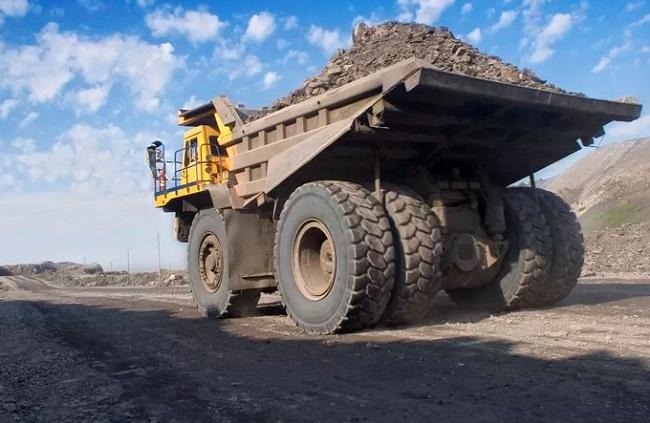
Impacts of mining on wildlife
Mining projects affect Wildlife in great amounts. Wildlife refers to all Flora and fauna of the surrounding area. Mining affects the environment and associated biota through the removal of vegetation and topsoil, the displacement of fauna, the release of pollutants, and the generation of noise. The most direct effect on wildlife is the destruction and displacement of species in areas of excavation. Mobile wildlife species, like animals, birds, and predators, leave these areas. More sedentary animals, like invertebrates, many reptiles, burrowing rodents, and small mammals, may be more severely affected by the mining process.
Also, read- Diamond Bearing Kimberlite Rocks-Morphology and Composition
Impacts of mining on soil quality
Mining can contaminate soils over a large area. Agricultural activities near a mining project may be particularly affected. Soil is generally contaminated by two methods- From windblown dust, and from chemical spills and residues. The toxicity of fugitive dust can pose significant environmental problems. High levels of arsenic, lead, and radio nucleotides in windblown dust usually pose the greatest risk. Soils contaminated from chemical spills and residues at mine sites may also impact direct risk when these materials are misused.
Impacts of mining on social values
The social impacts of mining projects are complex. Mineral development can create wealth, but it can also create large disruption. Mining projects may create jobs, roads, schools, and increase the demands of goods and services in remote areas, but the benefits and costs may be unevenly shared. If surrounding people feel they are being unfairly treated or inadequately compensated, mining projects can lead to social tension. Human displacement and Resettlement, migration, Clean water unavailability, Impacts on public health and livelihoods are some major issues around miming projects.
Climate change
CO2 is emitted by machines involved in extracting and transporting ore. CO2 is also emitted by the processing of ore into metal. Metal mining generates more than 1 kg of greenhouse gas for every 1 kg of metal that is produced a large amount of Environment impact on human beings.
